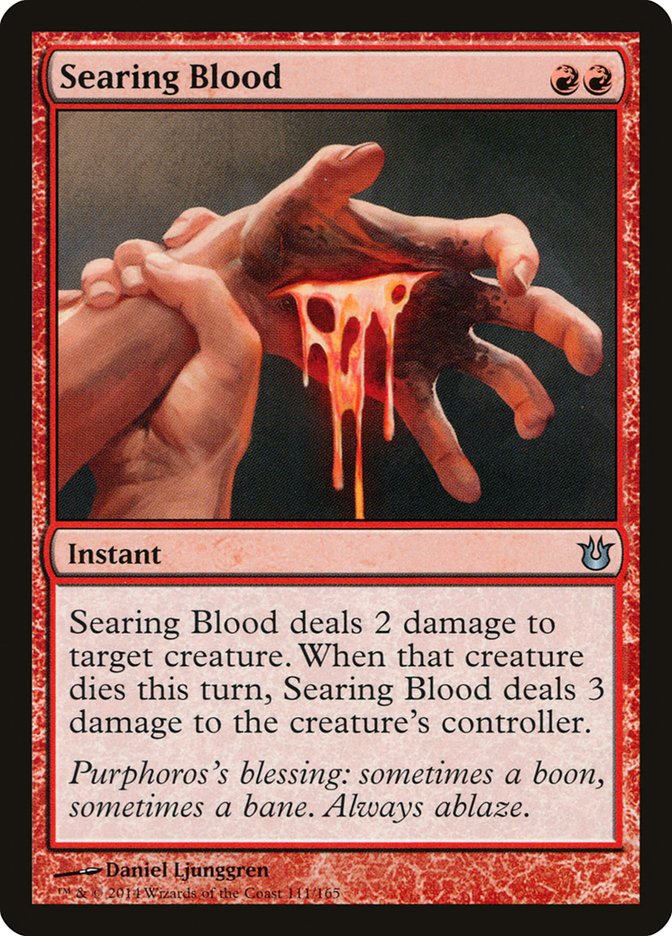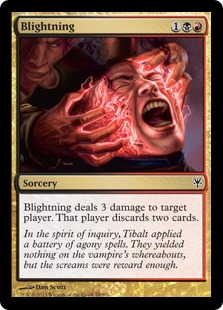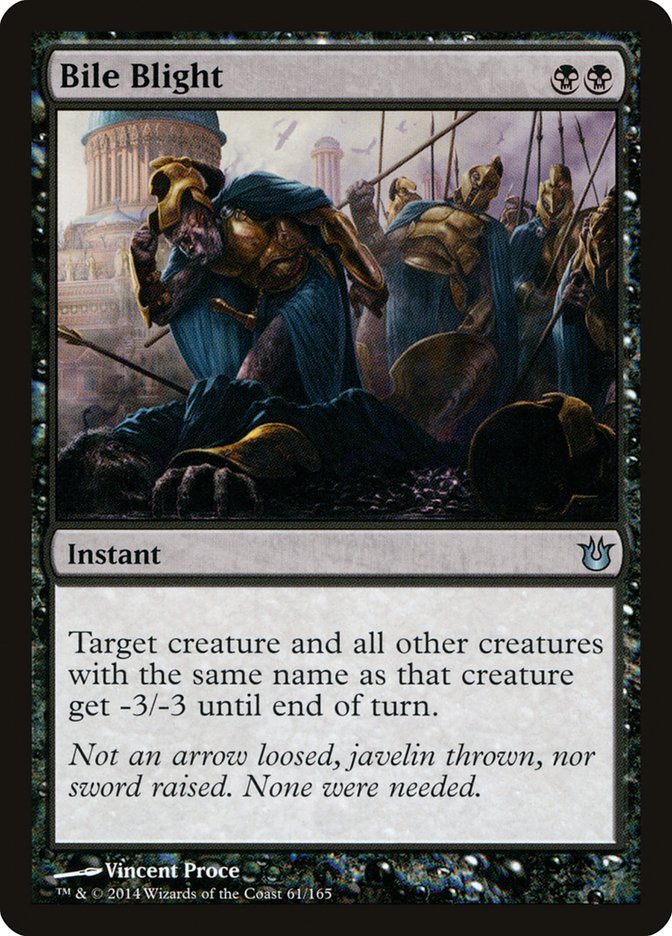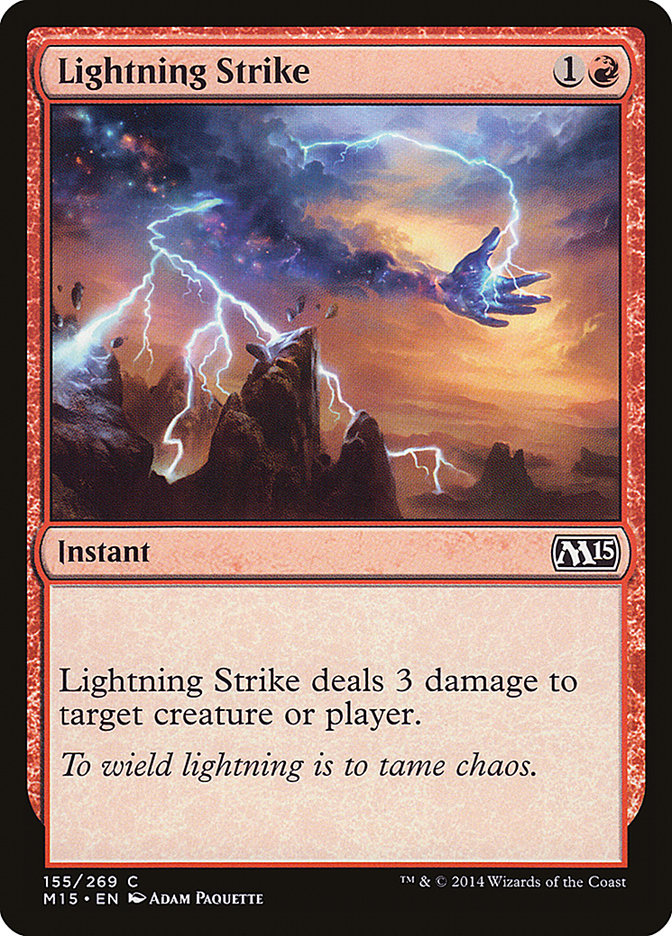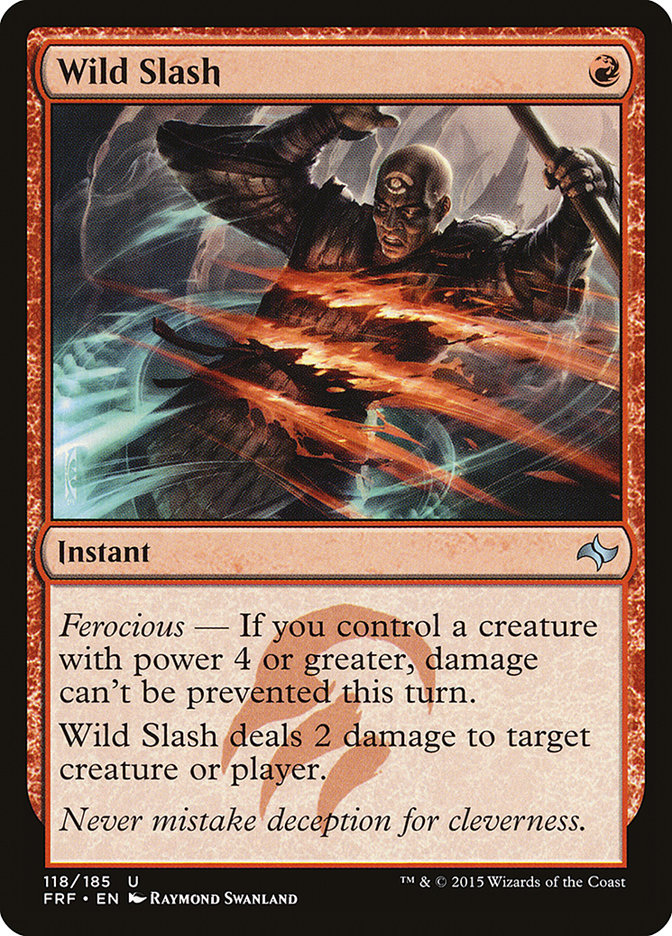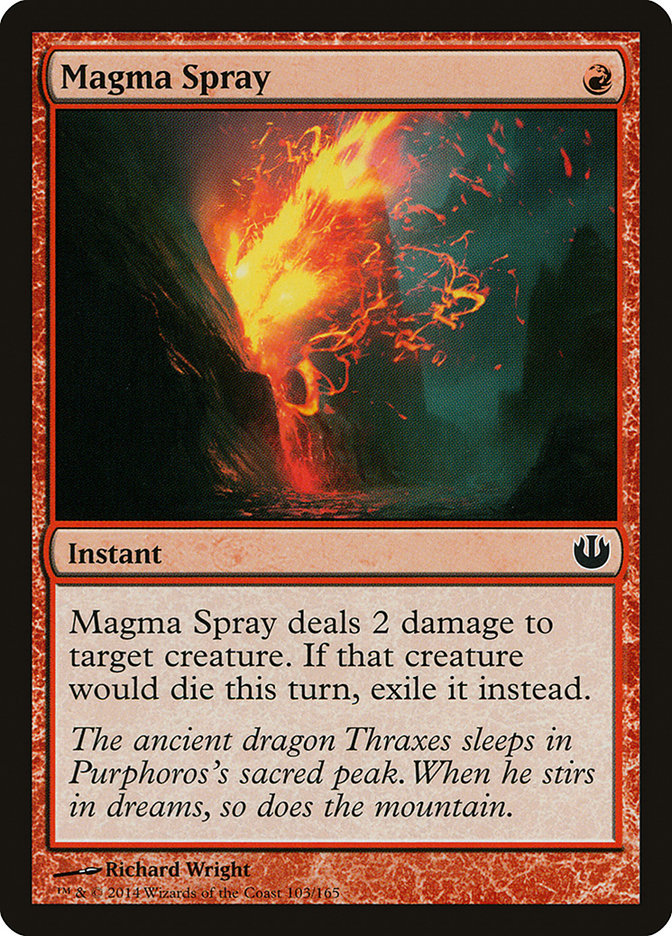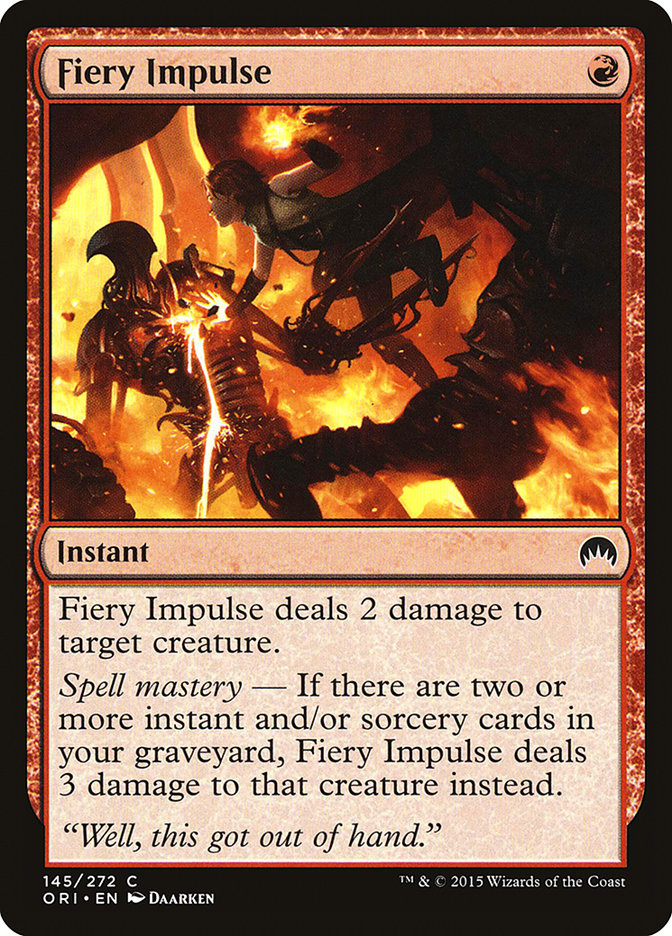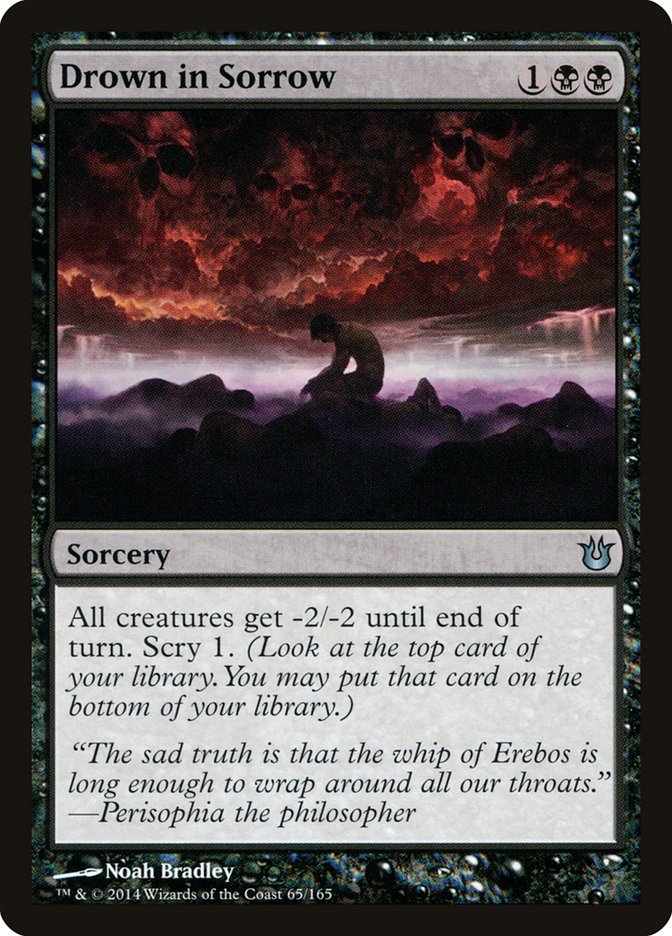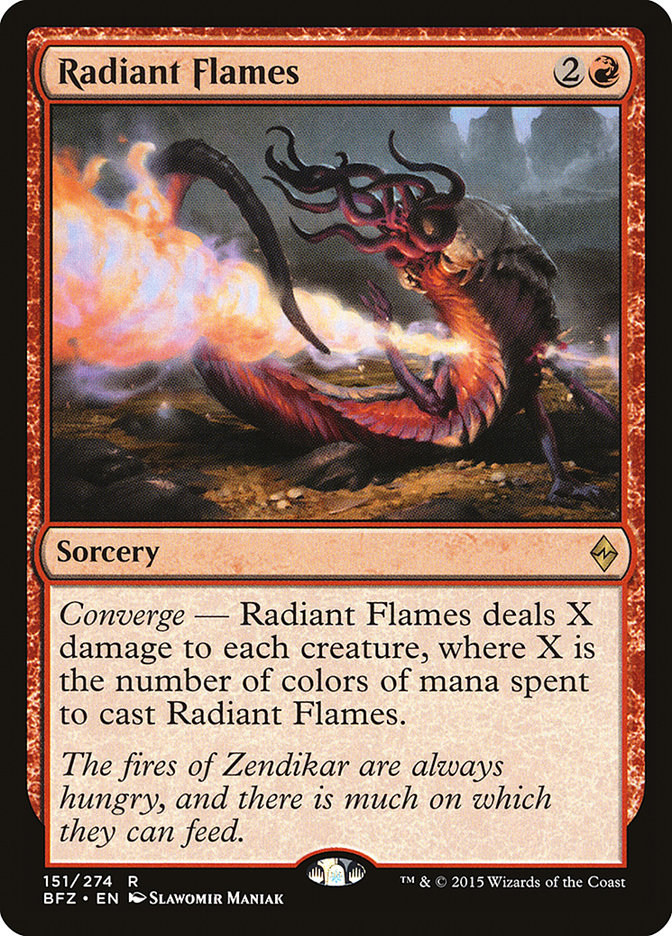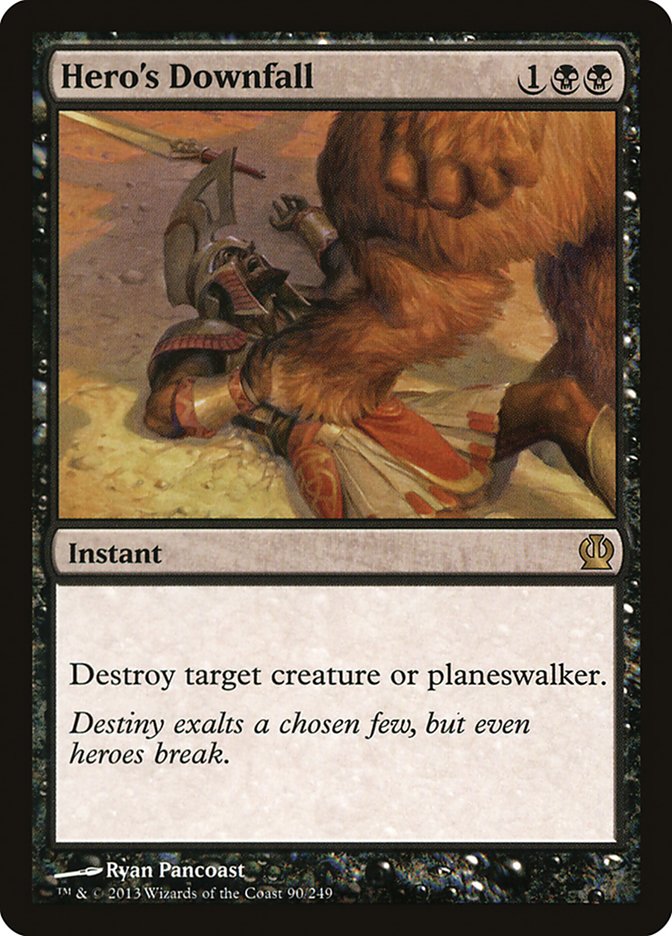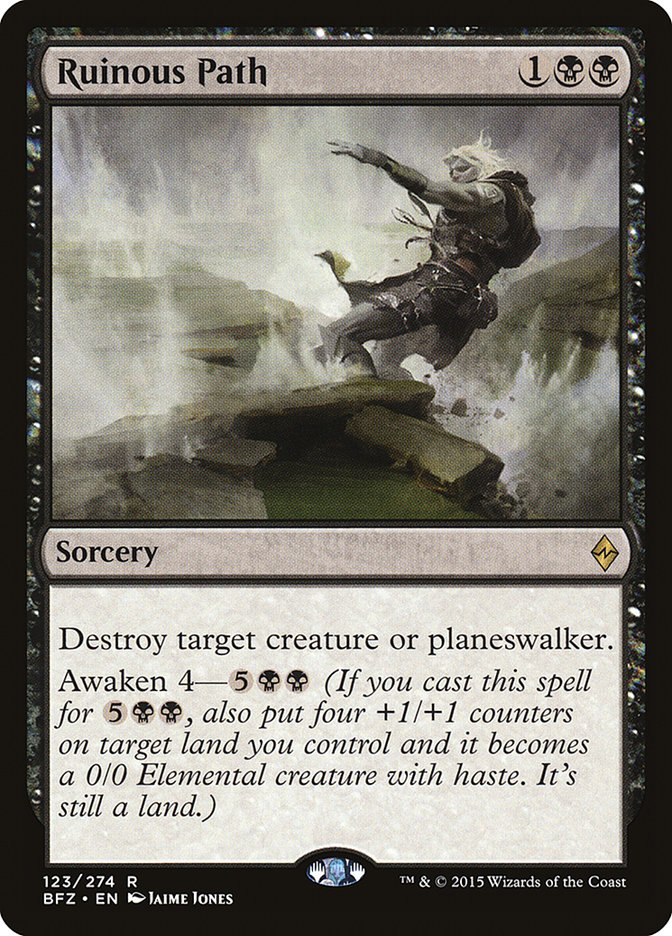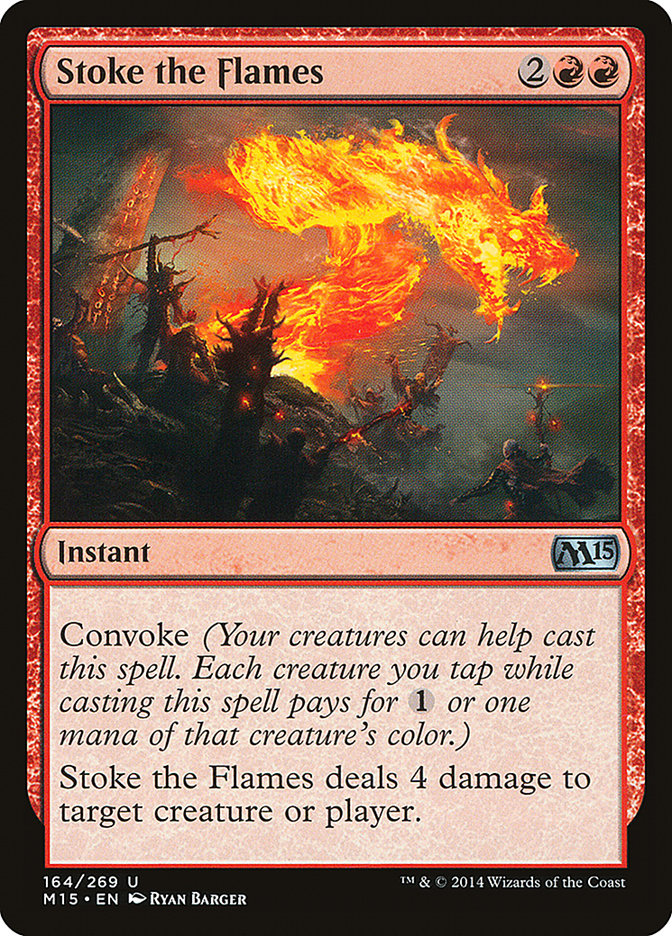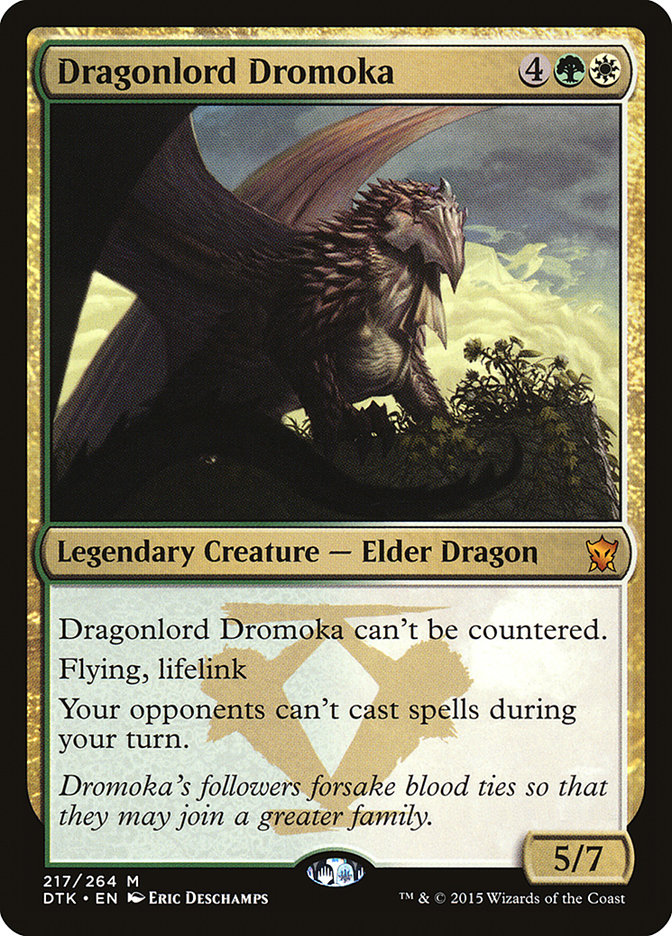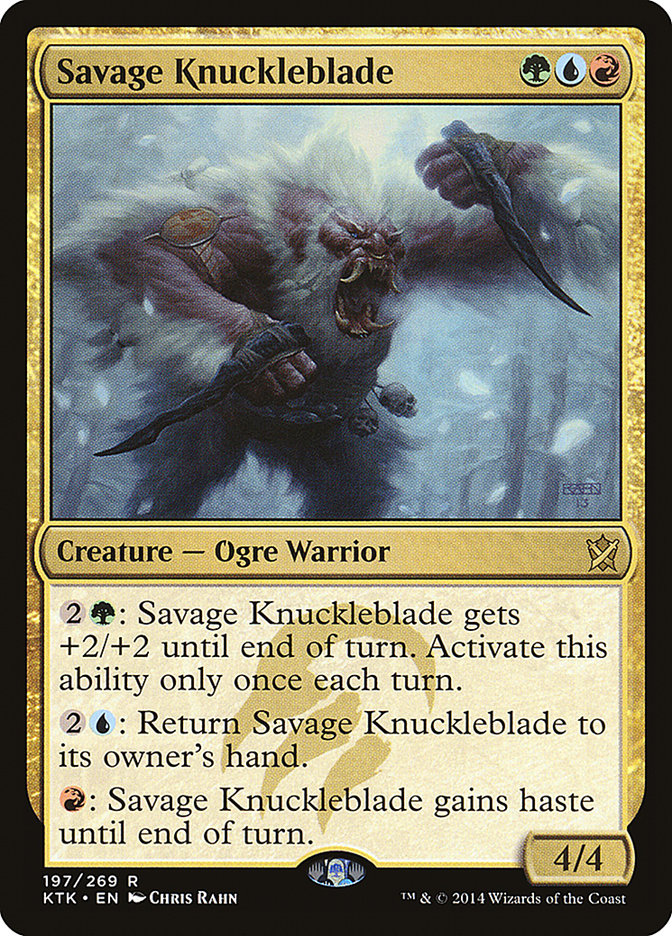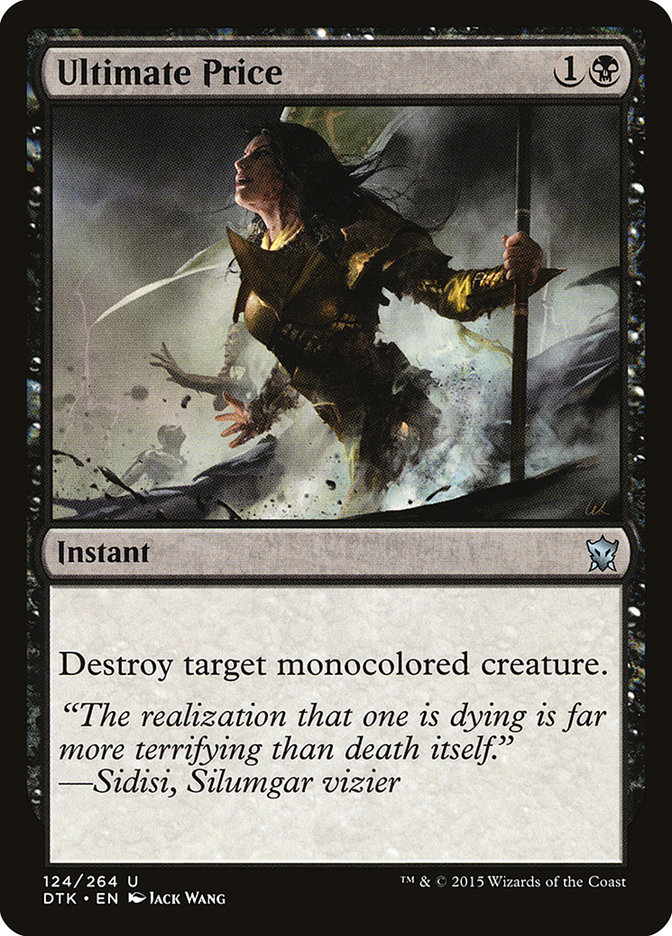Standard is about to change in a big way.
Unless you’ve been living under a hedron for the last few weeks, you already know that the Battle for Zendikar will be fought soon. This means new
dual lands, new creature-lands, new planeswalkers, new Eldrazi, and all sorts of other awesome new cards. The new set looks extremely interesting, and even
with only a fraction of the cards spoiled, the excitement is infectious.
However, Battle for Zendikar is only part of what is going to be a major Standard rotation. One set gets added, but a whopping four sets will be
leaving us. The exodus of Theros block and M15 is going to have a huge impact on Standard, and will fundamentally alter how we evaluate
the new cards from Battle for Zendikar.
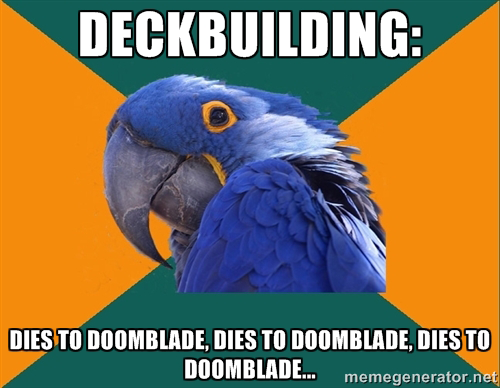
One of the most common complaints about threats as they are spoiled is the age-old adage “it just dies to Doom Blade.” While Doom Blade is no longer with
us, the idea is simply that pretty much any threat is worthless because there is a card that will answer it.
While a rather stupid oversimplification of how Magic actually works, looking at the removal in a format goes a long way towards properly evaluating the
place of both new cards and cards that will be remaining in the format. Cards that can dodge or are effective against the most popular removal spells will
be successful, while cards that have many natural predators will struggle regardless of individual power level.
As anyone playing in Pro Tour Magic Origins found out the hard way, it is not a good weekend to be playing Jace, Vryn’s Prodigy if there are a hundred
copies of the card Searing Blood also in the tournament. This does not mean that Jace, Vryn’s Prodigy is a bad Magic card; it simply means that the context
of a format is one of the biggest factors in determining what cards will be successful. When people start playing Abzan Charm and Dromoka’s Command instead
of Hero’s Downfall, it is a very good time to be sleeving up Stormbreath Dragon; if everyone is playing three to four Ultimate Price in their deck, not so
much.
Even the mighty Jace, the Mind Sculptor, eventually banned in both Standard and Modern, had a difficult time making any headway at first. Jace entered a
format dominated by Bloodbraid Elf, Blightning, and Lightning Bolt. As a result, he was very poorly positioned. Once these elements moved on from the
format, Jace was able to take his proper place as the best planeswalker of all time and was thusly banned thereafter.
The Exodus
To prepare ourselves for Battle of Zendikar Standard, we are going to look at the major removal spells that are exiting the format, draw
conclusions based on the effect this exit will have, and then look for possible replacements.
I group Bile Blight and Lightning Strike together as they both have a similar effect on the format. While one is much better at handling tokens and the
other much better at handling player life totals, the biggest thing they share in common is the number “three.”
These are the premier two-mana removal spells that are used to kill smaller early creatures. The more powerful effects like this are, the more you can play
in your deck without weakening your across-the-board matchups when they aren’t at their best. Even when Bile Blight is not killing a Monastery Swiftspear
it can still clean up a mess of tokens or be used as a combat trick to take down a bigger creature; even when Lightning Strike is not killing a Fleecemane
Lion it can still go to the face to end the game.
This versatility is very important, as stricter removal spells like Magma Spray or Fiery Impulse are harder to include in your maindeck. This means that
small creatures get better in general, as there are less cheap and playable ways to deal with them. Very effective two and three mana creatures like Mantis
Rider, Jace, Vryn’s Prodigy, Soulfire Grand Master, and Rattleclaw Mystic all stand to benefit from Lightning Strike and Bile Blight leaving the format.
It also means that in a lot of ways, three is the new four. Any four-toughness creature in the old Standard format was fairly immune to early removal
spells, as they mostly all did three damage. The only really effective three-damage spell left is Draconic Roar, and that is only limited to Dragon decks.
This means that cards like Wild Slash and Magma Spray are going to be the early removal of choice, and three-toughness creatures are going to be able to
capitalize. While there are still cards to be spoiled, there are very few clean answers to a Mantis Rider at the moment.
Having a similar effect to the departure of Bile Blight is the loss of Drown in Sorrow. Creature tokens have had it pretty rough have to slog through both
of these spells for the last year or so, and now they are both leaving at the same time. Drown in Sorrow was always an anchor on how much success token
decks could really have in the format, as every token deck had to know that it was lurking in the sideboard ready to make life very difficult for games 2
and 3. Now these decks know that black decks can’t sweep the board until turn 4 with Languish, which can allow them much more time to set up and prepare.
The loss of Anger of the Gods is somewhat similar, but definitely offset by the new card Radiant Flames. Radiant Flames fills the void left by Anger of the
Gods, and I would argue that it is actually a more powerful card due to the flexibility it provides. It does need to be played in a three-color deck to
have its potential maximized, but being variable definitely has its perks.
The real winners in this swap are Deathmist Raptor and Hangarback Walker, as Anger of the Gods was one of the best ways to bypass these two removal
resistant threats.
Hero’ Downfall has defined Standard for as long as it has been legal; an unconditional removal spell that can kill any creature and also planeswalkers from
creature-light decks is quite simply a format-defining card.
Now in this new world witho–
Oh… I see.
Nevermind.
Jokes aside, Ruinous Path being a sorcery is a pretty big step down in power level and makes it worse in control decks. It is also clearly poor against
haste creatures and worthless against creature-lands. Still, it is cheap and one of the most flexible answers in the format. It can even serve as a win
condition in very long games.
There really is very little change on this front.
Red decks, however, take a beating.
Already having lost Lightning Strike, red decks are also losing their premier four-damage removal spell in Stroke the Flames and Pro Tour Magic Origins
standout Searing Blood.
Stoke the Flames has been a major player in the format since its printing as it provided aggressive red decks with a bigger burn spell to both kill larger
blockers, like Courser of Kruphix and Anafenza, the Foremost, and enough reach to end games when their opponents had stabilized the board. It also was a
major component of Jeskai Tokens when that deck was popular, as convoke is extremely synergistic with the somewhat forgotten Jeskai Ascendancy.
Exquisite Firecraft will certainly pick up some of the slack left by the departure of Stoke the Flames, but red’s current lineup of burn spells is not
promising.
Searing Blood was the card that tipped the critical mass of burn over the top for Pro Tour Magic Origins, and with it leaving as well, only Wild Slash and
Exquisite Firecraft remain as playable burn spells that can also go to the face. Cards like Magma Spray and Fiery Impulse absolutely have their place in
the format but are much weaker in aggressive decks than what we are leaving behind.
Our last “removal spell” is cheating a bit, as Elspeth, Sun’s Champion is clearly so much more. However, I don’t really think there is a card leaving the
format that is as format-defining as Elspeth.
Elspeth is the kind of card that makes entire decks crumble. “Can’t beat a resolved Elspeth” has been a common knock against decks for the past two years,
and no card has such a polarizing effect on what is playable.
Elspeth, Sun’s Champion is extremely oppressive against two kinds of decks:
-Decks relying on evasion-less ground pounders to form a beatdown plan.
-Decks relying on expensive creatures with four or greater power.
This, of course, means that once we are free of Elspeth’s reign, both kinds of decks will benefit greatly.
Green-based aggressive decks will once again be able to leverage their larger creatures and ground-based attack without the threat of being brick-walled,
and this will have a trickledown effect on the types of removal that are played to handle these larger beasts. Breakthrough cards like Herald of Torment
will no longer be a necessity, which means these decks can focus more on playing powerful cards for their plan.
It also means that large creature threats with four or more power that don’t effect the board immediately become much more reasonable to tap out for. A
card like Dragonlord Dromoka was just asking to be chewed up by an Elspeth -3, but is now much more reasonable.
The entire Temur mechanic of ferocious, which was comically hosed by Elspeth, also takes a step up, as does formidable. While this might not all of the
sudden make Temur a playable deck, it does take a fair amount of the stress off of it.
The last card we are going to talk about is not actually leaving the format, but as one of the last good removal options left at two mana, it bears
mentioning. Frankly, Ultimate Price is already a difficult card to play, and it is going to get so much worse.
Wizards R&D must have a pretty good sense of humor, because it’s almost comical how embarrassing Ultimate Price is going to be once Battle for Zendikar releases. Ultimate Price already struggles with powerful multi-color creatures like Siege Rhino and Mantis Rider, but now
there’s going to be an entire set full of creatures that are actually just colorless, alongside a bevy of creature-lands and lands that turn into creatures
via Awaken.
Versatility is one of the most important characteristics of a good removal spell, and it is very hard to play a removal spell that might not actually kill
anything important. Ultimate Price will likely have a place in the format, but it probably be coming out of sideboards for matches where it is actually
relevant.
Format’s Most Improved (So Far)
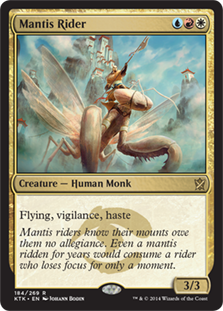
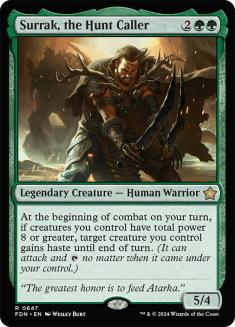
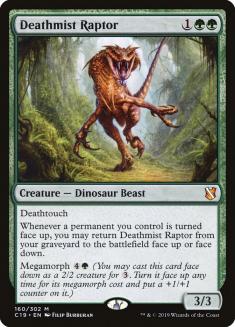
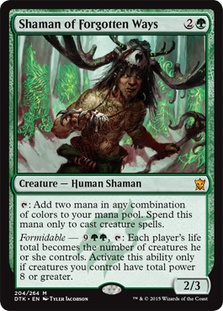
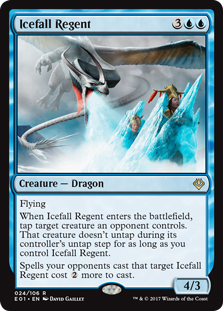
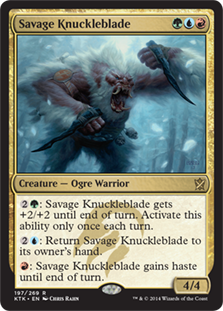
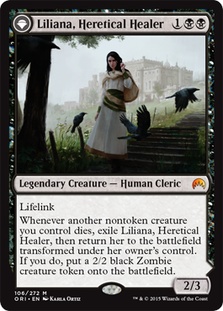
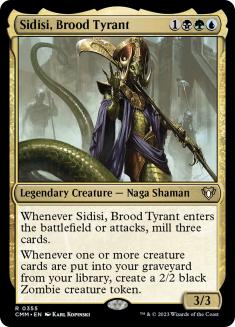
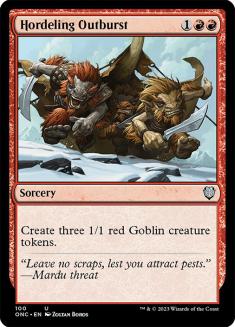
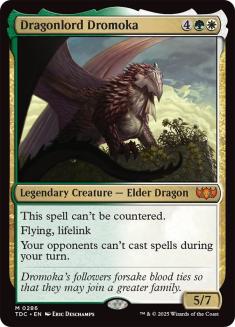
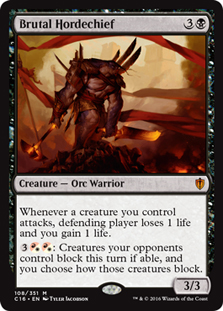
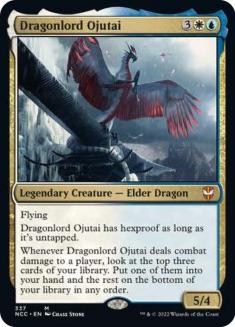

A fairly long list that, of course, will not completely pan out, but we can see the common elements among these cards:
-Strong three-toughness threats that need to be answered at instant speed.
-Mid-sized four-power creatures that now have a chance to break through.
-More than one color to dodge Ultimate Price.
-Large finishers with four or more power that are no longer just Elspeth fodder.
Some of these cards are already format staples, but some have yet to see their big day in the sun.
It’s always a ton of fun to look over all the new goodies we are getting from the new set, but when it comes time to start constructing our actual decks
for new Standard, don’t forget the tools we already have. Once you can figure out what the best answers in the format are, you can make sure that you are
asking the most difficult questions possible.


